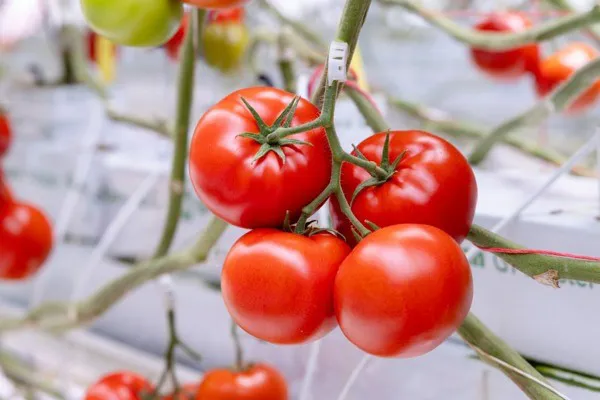"Regardless of resistance claims (intermediate resistance - IR, high resistance - HR), it is important to know that resistance is not synonymous with immunity. Resistant plants can be infected by the virus without showing any visible symptoms. If the virus is present but symptoms do not appear, there is a risk that this resistance will be bypassed by the virus over time as it mutates. This consideration is particularly important for ToBRFV, as it is a highly mutant virus. This is why Bayer advocates a more sustainable approach to ToBRFV resistance, answering the following questions: In the context of ToBRFV, how can we minimize the likelihood of the virus bypassing resistance? And how can we reduce the risk of this happening?"

"In general, disease resistance based on a single gene is likely to be more easily circumvented by the virus than resistance based on multiple genes. It is also more difficult for the virus to break resistance if the multiple genes have different resistance mechanisms. As mentioned above, the ToBRFV virus is highly mutant, and resistance provided by a single gene may therefore be more likely to be circumvented.
Before 2014 (when ToBRFV was first detected in Jordan), the TM2² gene was identified as protecting tomato plants against Tobamovirus TMV. In 2014, the new Tobamovirus ToBRFV overcame this resistance, and as a result, varieties containing the TM2² gene became susceptible to ToBRFV. The TM2² gene's resistance mechanism is based on a hypersensitivity reaction. As soon as the virus enters a cell, it dies, so the multiplication and movement of the virus within the plant are severely restricted.
This resistance can be compared to a wall that is 2 meters high. The virus could not climb over it, even after trying relentlessly for 20 years. But a small mutation occurred in the virus, enabling it to jump 2.10 meters. Suddenly, the resistance was broken. When a seed grower finds a resistance gene that makes the wall 2.20 meters high, the virus can no longer cross it and the plants are resistant again. However, if the wall has the same resistance mechanism, it is conceivable that after a certain period of time, the virus will mutate again and be able to cross the 2.20-meter wall. In this case, the resistance would be broken again, and we would find ourselves in the same situation as in recent years.
Today, the best option to prevent this from happening is to stack several genes with different resistance mechanisms. Using the same example with the wall, we could imagine digging a canal in front of this wall. The virus would need to mutate not only to jump but also to swim. And if possible, we could add another mechanism, such as an electric fence. With several different resistance mechanisms, it becomes increasingly unlikely that the overall resistance will be bypassed.
The good news is that breeders have resistance genes with different resistance mechanisms. Although it will take time to integrate all these genes into parental lines and hybrids without affecting the agronomic behavior of the hybrids, Bayer is already working on its De Ruiter™ and Seminis™ tomato range.
We are working on building a higher wall and integrating other different resistance mechanisms. For example, our varieties with intermediate resistance* to the ToBRFV virus, Ferreira and Novero, already incorporate multiple resistance genes."
For more information:
vegetables.bayer.com/fr
